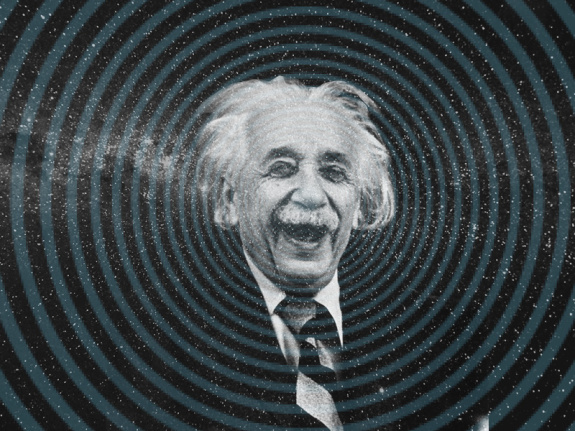
With the detection of gravitational waves recently, another element of Einstein’s theory of relativity has been proven true. But what does the breakthrough mean for science?
Over 1.3 billion years ago, two black holes spiralled closer and closer together, eventually merging. The collision left a gravitational ripple effect behind and the waves were detected for the first time by physicists when they hit earth in September 2015.
Gravitational waves are ripples in the fabric of space and time, left behind when two objects with a large enough mass come into contact. Einstein predicted the theory over a century ago with some hesitation, but assumed that we would never be able to see or hear these ripples.
The detection of the waves is a huge scientific breakthrough and opens up a new age for astronomy.
It’s estimated that scientists can only view about 4 per cent of what’s in space. This discovery will afford scientists a glimpse at a side of the universe that has never been seen before.
Cliff Burgess, a theoretical physicist at the McMaster University in Ontario described the breakthrough as “a whole new way of seeing the sky”.
He told Vox.com that: “If you look with visible light as far as we can, the universe is no longer transparent, it becomes opaque. There’s nothing you can do about that.”
“If you could see [gravitational waves], you can see past where you can’t see with physical light. That would be cool. We’d have direct access to something that’s farther away than we can hope to see otherwise,” he added.
It remains to be seen if the discovery can help us further understand the complexity of the universe, but for now it’s only the start of what gravitational wave astronomy has to offer.
David Clarke
Image credit: Getty Images




Leave a Reply